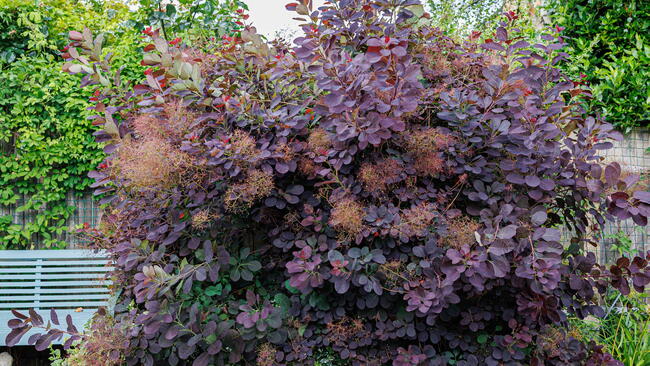
Photo Credit
Stella Oriente
Botanical Name
Ilex spp.
Plant Type
Soil pH
Special Features
Subhead
From glossy leaves to bright berries, hollies bring year-round charm—and a touch of holiday magic—to any garden.
Read Next
Types
- Ilex opaca ‘Jersey Princess’ is an American holly that fits the bill of traditional, glossy leaves and bright red berries. A small tree at maturity, this cultivar will reach 20-30 feet tall.
- I. opaca ‘Jersey Knight’ is a male American holly, with all the gorgeous foliage but no fruits. Plant with ‘Jersey Princess’ as a pollinator.
- I. cornuta Burford holly is a popular Chinese holly suited for warmer climates—USDA Zones 7–9. It’s a dense evergreen shrub perfect for creating hedges and is self-fertile.
- I. crenata ‘Sky Pencil’ is a Japanese holly that grows tall and narrow. Relatively fast growing, it will reach a height of about 10 feet but only 2-3 feet wide. Perfect for small spaces or even large containers.
Gardening Products
More Like This
Hi Andy, I love winterberry Holly! It's such a lovely native, gorgeous in fall with its scarlet fruits, fragrant and stunning with its multitude of white flowers. The pollinators love it! It does like damp feet though, so I can't have it in my yard. Please keep encouraging native plants for your readers.
The Blue Prince and Princess we grow here in Maine is candy to our whitetail deer
Do they eat the leaves or just the berries?










Comments